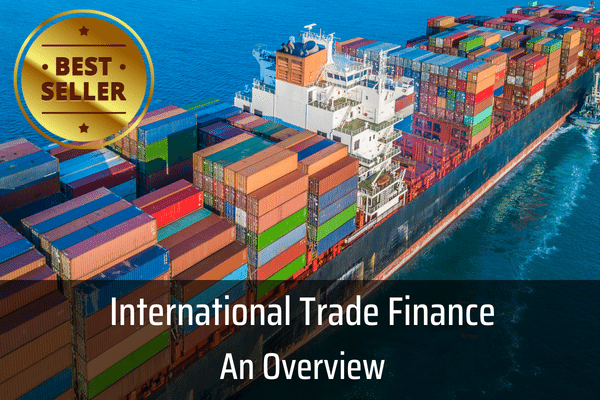There are no items in your cart
Add More
Add More
| Item Details | Price | ||
|---|---|---|---|
Money laundering, as the name suggests, is a process by which 'dirty money' or 'black money' enters the legal and legitimate financial system in such a way that it cannot be distinguished from legal money, thus becoming 'clean' or 'laundered money'. When international trade is used to launder such money, it's called trade based money laundering.
This is usually done by misrepresenting the price, quantity or quality of imports or exports.

Under-invoicing of goods
For example, a company A in the USA sends 1 million screws of $2 each to another company B in Mexico.
But while preparing the invoice, company A does under-invoicing below the fair market price and mentions the price of each screw as $1. Thus on paper, the price of the trade is declared as 1 million dollars.
Now, company B in Mexico can sell the screws in the open market at at least $2 each and in the process can make 2 million dollars, which means an extra 1 million dollars.
Company B now has the option of layering and integrating this money in the legal money system, or give a share of this illegal money to company A or fund criminals and terrorist organisations.
This is an example of how trade based money laundering works using under-invoicing. There are similar methods like over-invoicing, multiple invoicing, short-shipping etc. There are also complex TBML methods like Black Market Peso Exchange.


Some of the red flags of TBML are -
WANT TO READ MORE?
Already signed up/ logged in? Then you are all set!

Easy Explanation of International Trade Payment Methods like LC, Collections, BG etc and Incoterms 2020

Types & Uses in International Trade | URDG 758 & ISP 98 - Main Points | Clauses & Examples | Related SWIFT Messages

Jump start your Trade Finance career with this 4-in-1 course package - Trade Finance Overview, Letter of Credit, Bank Guarantees and Incoterms® 2020